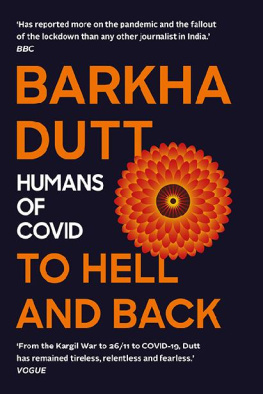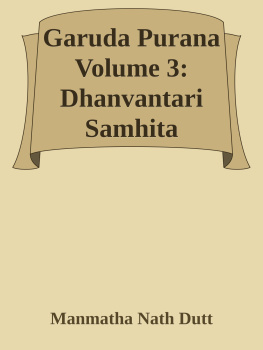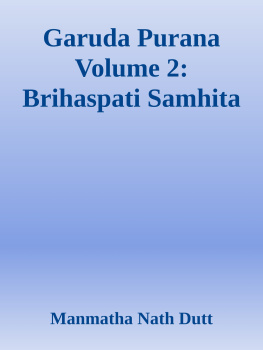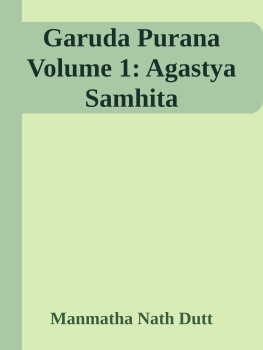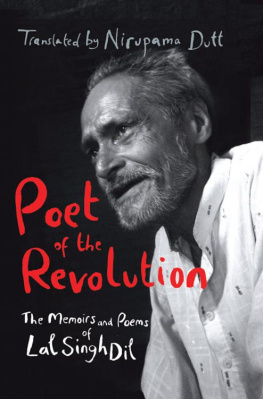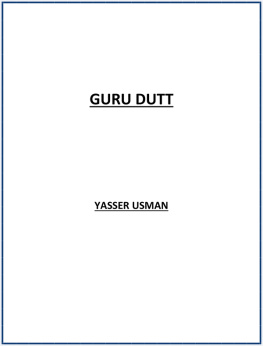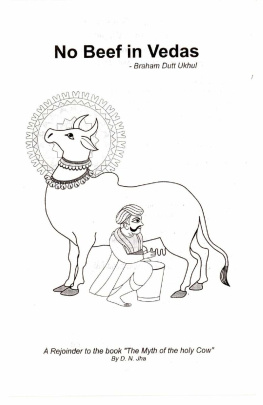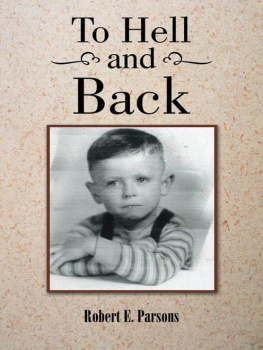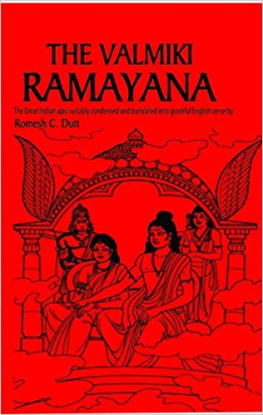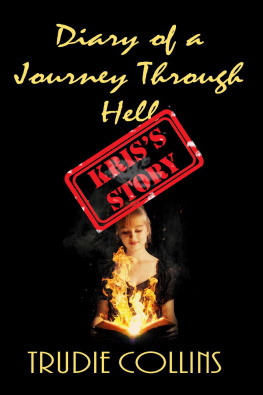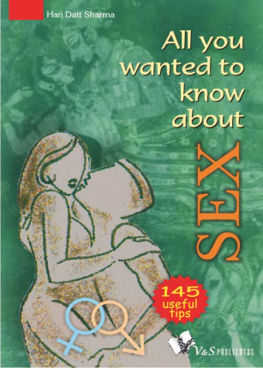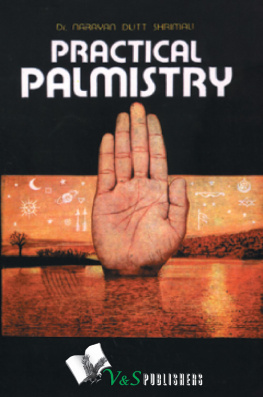To Hell and Back
To Hell and Back
Humans of COVID
Barkha Dutt
For Speedy Dutt,
extraordinary father, kindest friend, brightest mind,
generous heart and noble soul.
And for all of you who trusted me to tell your story.
Table of Contents
In early 2020, as India entered the worlds largest lockdown in response to the first wave of COVID, I left my home with a small team of three, packed into a Maruti Ertiga, on a journey that would take us across the length and breadth of the country. We travelled from Delhi in the north, to Kerala in the south, back to Ladakh in the Himalayas, covering 30,000 kilometres, quite literally on the road with the pandemic.
During the ferocious and devastating second wave in 2021, we were back on the ground in the hinterland, remote rural interiors and along the banks of the Ganga where hundreds of bodies had washed ashore or been buried in the sand.
In 2022, as the Omicron wave sweeps through India, we are once again travelling to chronicle the consequences of the virus on our schools, hospitals and social structures. The reportage of COVID has taken up all of my life over two years, and now counting.
This book is about all that we saw and have learnt. It is about people, not numbers. It is rooted in extensive ground reportage, but it is also deeply personal. It is partly about me, but it is mostly about our country.
It is about all those who suffered and struggled, lost
and loved.
It is about the humans of COVID.
Somewhere along National Highway 44, the longest stretch of road in India connecting Kashmir in the north to Kanyakumari at the southernmost end of the country, lies the village of Kundli, in the district of Sonipat in Haryana.
An industrial township has been built all around the village, with smoke-spewing manufacturing units that produce processed food items, leather, garments and accessories.
For Sonipat, no more than an hour from Delhi, where there were once only open wheat fields and roadside dhabas serving parathas with blobs of white butter and greasy pickle, the industrial zone was a major development milestone.
The village itself hasnt changed much in years, despite sitting in the lap of these factories.
In the first week of April 2020, when the worlds hazy and still incorrect understanding of COVID was that the virus jumped from surface to surface in what is called fomite transmission I made a trip to Kundli. At this time, the guidance from the World Health Organization (WHO) was to wash hands frequently as one way to remain safe in the pandemic. Even after scientists discovered that the coronavirus rarely spreads because of contaminated surfaces and is mostly airborne in closed, unventilated areas, hand washing and sanitizing have remained part of the advisory guidelines.
In Kundli that afternoon, women had queued up at the main water line to fill their buckets and bottles and carry them home. It is estimated that women across India spend 150 million work days every year fetching and carrying water.
Kundli village was no different: here too this burden fell on the women.
But the water that trickled out of the tap was urine-yellow in colour.
Yeh paani hai ji, yahan ka, yeh Kundli gaon ka paani hai , (This is the water of Kundli village) said Manju, pointing to the plastic container that was once a can of paint and was now filled to the brim with an oily chemical. This was the water her village got.
Then, pulling back the sleeves of her kurta, she pointed to the rashes all along her arm. They were down her back too. This is what happens to us from bathing with this water. Industrial waste had contaminated and corroded the underground soil. The water was not just undrinkable, it was entirely unusable, even for the simple purpose of keeping hands clean during a pandemic. Residents of the village came forward one by one, presenting bottles and pots of water that looked more like cheap cooking oil. Then they showed us scabs, rashes and wounds, and described a host of other allergies that the toxic water had caused.
What did they do for drinking water, I wondered. We usually have to spend ten rupees to buy a jug of filtered water, lamented Manju.
But ever since the midnight of 24 March 2020, when a nationwide lockdown was enforced to contain the spread of COVID, all economic activity had come to an abrupt halt here. Those living on subsistence daily wages found forking out cash for water even tougher.
The village with the yellow water was an early lesson for me in what would become my overarching learning from reporting COVID from across India, through 2020 and 2021 the virus was anything but the great equalizer. It exacerbated existing inequalities and birthed new ones. In an already stratified society, it created a new social order. The assumption that the calamity was inherently egalitarian that the pandemic had somehow created a level playing field on which death and illness were the great levellers, flattening out the ground for Indias wealthiest and poorest was grossly incorrect.
Yes, its true that almost no Indian in a country of 1.3 billion has been left untouched over the two seasons of sadness, and there could yet be more suffering ahead. We have all either lost someone we love, had bouts of severe illness, lost jobs and incomes, struggled to keep our businesses afloat, helplessly watched our children drop out of school or fall back in learning, or wrestled with loneliness, alienation and social dysfunction. And grief does have a sledgehammer way of hollowing out the heart, no matter whether you are a CEO or a clerk. But the way those who live at the margins of power and economic access experienced the horrors of COVID is incomparable with the travails of the more privileged.
On the banks of the Yamuna river, looking out at the swanky, eight-lane DelhiNoida Direct (DND) expressway is the village of Chilla Khadar. It was in April 2020, again, while reporting on the initial aftermath of the lockdown, that I discovered you could only get to it by boat. Once you dropped off the swish city roads, just ahead of Delhis border with Uttar Pradesh, and wove past sparsely populated villages, the dust tracks opened up to a riverbank. Here a handful of fisherfolk sat by the water, their blue nets spread over a few wooden boats. We clambered on to one and our boatman rowed us on the placid waters, past clusters of green shoots of patera ( Dicliptera ) growing all around, to the tiny settlement in Indias capital that still had no road access. Many residents here made a living by selling these shoots in the wholesale mandis to shopkeepers, who in turn used the plants natural threads to tie together clumps of spinach, okra or beans. Their other source of daily income was to catch fish for contractors who had a licence to do so from the Delhi government. They would get a fixed daily wage for their labour. With the lockdown in place, both sources of earning were entirely frozen.
On the other side of the river, a small pathway through a forested cover led us to a collection of huts. Some were just made from plastic sheets thrown over thatch and bamboo. About eighty to one hundred people, men and women, were sitting out in the open. Their already tough lives had been compounded by the lockdown. Our ration, our doctors, our schools... everything has to be done by boat, said Susheela. How do we eat? Where do we go for work?
Just earlier that year the National Human Rights Commission had taken note of the fact that the children of Chilla Khadar were risking their lives to get to school. Every morning, a small group of twenty kids would first cover a 250-metre distance on the river by boat; then they would link arms and walk up a steep slope, through brambles and over fences, to reach the nearest government-run school which was half an hours walk away.


